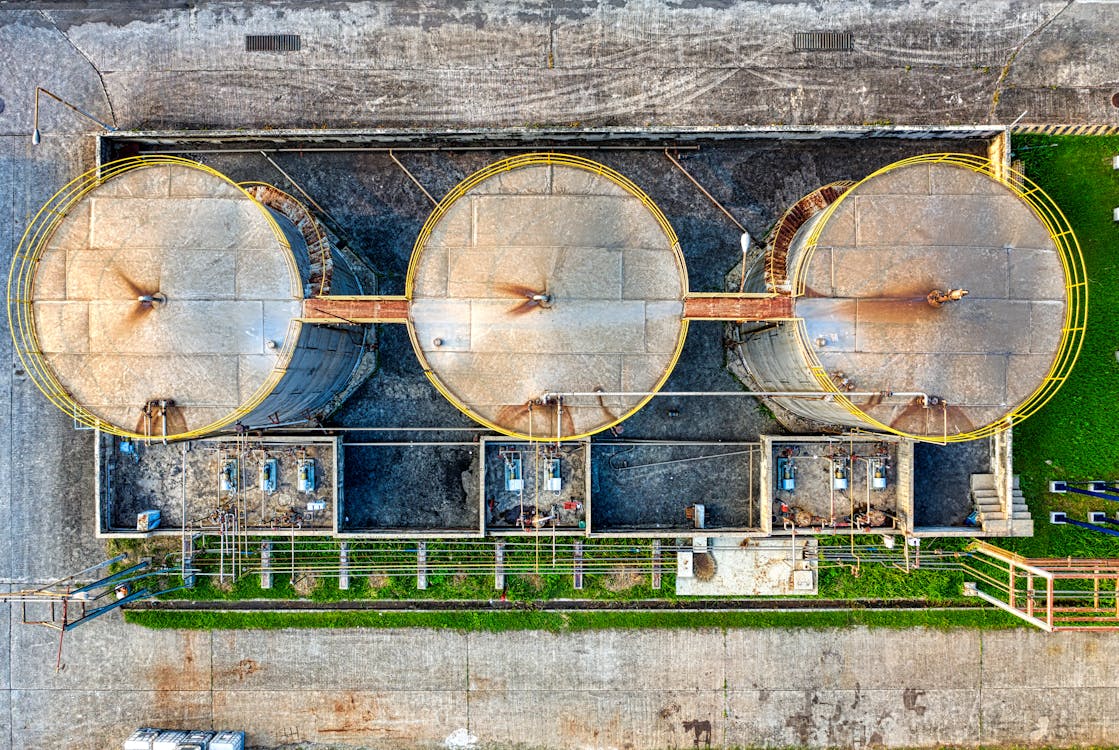Oil prices rose over 1% on Thursday as cold weather across the U.S. and Europe increased demand for winter fuels. Brent crude climbed 1.29% to $77.14 per barrel, while U.S. West Texas Intermediate (WTI) crude gained 1.15% to $74.16. This rebound follows a more than 1% drop in prices on Wednesday.
John Kilduff, partner at Again Capital, attributed the rise to growing demand for heating fuels, particularly in the U.S. Winter storm warnings covered regions from east Texas to northern Kentucky, with concerns about power outages along the Gulf Coast, according to TACenergy.
Refinery activity also played a key role. Refinery crude runs rose by 45,000 barrels per day last week, and utilization rates hit 93.3%, the highest since late 2018, according to the Energy Information Administration. Ultra-low sulfur diesel futures reached $2.39 per gallon, the highest since October.
Global oil demand is set to grow by 1.4 million barrels per day year-on-year in January, reaching 101.4 million barrels per day, according to JPMorgan analysts. This surge is driven by colder-than-usual winter conditions and increased travel in China ahead of the Lunar New Year.
Market indicators suggest tightening supply amid strong demand. The premium of front-month Brent contracts over six-month futures widened to its highest level since August, signaling concerns about declining supply.
Additionally, U.S. President Joe Biden is expected to announce new sanctions targeting Russia's economy, which could impact the global oil market. Analysts predict WTI prices will range between $67.55 and $77.95 into February as markets await further clarity on economic policies and China's fiscal measures.
This combination of factors highlights a dynamic energy market, shaped by seasonal demand, geopolitical shifts, and global economic trends.



 Moody's Upgrades Argentina's Credit Rating Amid Economic Reforms
Moody's Upgrades Argentina's Credit Rating Amid Economic Reforms  U.S. Banks Report Strong Q4 Profits Amid Investment Banking Surge
U.S. Banks Report Strong Q4 Profits Amid Investment Banking Surge  Singapore Growth Outlook Brightens for 2025 as Economists Flag AI and Geopolitical Risks
Singapore Growth Outlook Brightens for 2025 as Economists Flag AI and Geopolitical Risks  BoE Set to Cut Rates as UK Inflation Slows, but Further Easing Likely Limited
BoE Set to Cut Rates as UK Inflation Slows, but Further Easing Likely Limited  Oil Prices Rebound as Trump Orders Blockade of Sanctioned Venezuelan Tankers
Oil Prices Rebound as Trump Orders Blockade of Sanctioned Venezuelan Tankers  Global Markets React to Strong U.S. Jobs Data and Rising Yields
Global Markets React to Strong U.S. Jobs Data and Rising Yields  Gold Prices Slide as Rate Cut Prospects Diminish; Copper Gains on China Stimulus Hopes
Gold Prices Slide as Rate Cut Prospects Diminish; Copper Gains on China Stimulus Hopes  Silver Prices Hit Record High as Safe-Haven Demand Surges Amid U.S. Economic Uncertainty
Silver Prices Hit Record High as Safe-Haven Demand Surges Amid U.S. Economic Uncertainty  US Futures Rise as Investors Eye Earnings, Inflation Data, and Wildfire Impacts
US Futures Rise as Investors Eye Earnings, Inflation Data, and Wildfire Impacts  U.S. Treasury Yields Expected to Decline Amid Cooling Economic Pressures
U.S. Treasury Yields Expected to Decline Amid Cooling Economic Pressures  U.S. Stock Futures Edge Higher as Micron Earnings Boost AI Sentiment Ahead of CPI Data
U.S. Stock Futures Edge Higher as Micron Earnings Boost AI Sentiment Ahead of CPI Data  U.S. Stock Futures Slip After CPI-Fueled Rally as Markets Weigh Economic Uncertainty
U.S. Stock Futures Slip After CPI-Fueled Rally as Markets Weigh Economic Uncertainty  Asian Markets Rebound as Tech Rally Lifts Wall Street, Investors Brace for BOJ Rate Hike
Asian Markets Rebound as Tech Rally Lifts Wall Street, Investors Brace for BOJ Rate Hike  Yen Near Lows as Markets Await Bank of Japan Rate Decision, Euro Slips After ECB Signals Caution
Yen Near Lows as Markets Await Bank of Japan Rate Decision, Euro Slips After ECB Signals Caution  Fed May Resume Rate Hikes: BofA Analysts Outline Key Scenarios
Fed May Resume Rate Hikes: BofA Analysts Outline Key Scenarios  Asian Fund Managers Turn More Optimistic on Growth but Curb Equity Return Expectations: BofA Survey
Asian Fund Managers Turn More Optimistic on Growth but Curb Equity Return Expectations: BofA Survey 































